Guest post by Justin Conrad and Kevin Greene

Shortly after entering the Syrian city of Palmyra in recent weeks, fighters for the Islamic State of Iraq and the Levant (ISIL) beheaded several people and sent images of the killings to media outlets. Over the past year, ISIL has become synonymous with such extreme displays of violence. Relatively little attention, however, has been paid to why the organization uses these shockingly brutal tactics. Some observers have made fairly standard arguments linking ISIL’s extreme violence to the group’s Islamist roots, indoctrination of recruits, or its war with the state. But the full context in which ISIL operates has largely been ignored. Specifically, in Syria and Iraq, ISIL is conducting its activities in arguably the most fiercely competitive political environment in the world. By one estimation, there are as many as 1,000 opposition groups fighting against the regime of Bashar al-Assad, and fighting each other in the process. How does an organization “stand out” in such a crowded field? Some groups, like ISIL, may use violence strategically in an effort to distinguish themselves from their competitors.
Scholars have referred to this process as “outbidding,” when organizations use violence in an effort to “outbid” their competitors for support of the local population. The central argument is that violence demonstrates greater credibility, which in turn shores up popular support and improves recruitment efforts. Competition between Hamas and Fatah in Palestine has been explained, in part, as a function of the outbidding process. Both the First and Second Intifadas were arguably driven by such dynamics as the two organizations struggled to demonstrate greater commitment and credibility and win the support of the Palestinian public. But beyond this frequently cited anecdote, there has been surprisingly little evidence that increased domestic competition influences the amount of terrorism that countries experience.
In a recent study at the Journal of Politics, we argue that while terrorist organizations may not change their frequency of attacks in response to political competition, they will at least try to differentiate their “brand” from others. One effective way to differentiate an organization already known for violence is to engage in particularly shocking forms of violence that garner greater media attention. In the study, we create a three category ordinal variable to capture the “severity” of violence of terrorist attacks listed in the Global Terrorism Database. The severity is based on the identity of each attack’s target, with attacks against civilians being the most severe. We also create a second scale based on the methods or tactics used in the attack. Our results demonstrate that states with a greater number of terrorist organizations are likely to experience more severe forms of violence. In fact, the addition of just one organization increases the odds that the state will experience more severe forms of violence by 108%. We also test our hypothesis at the organization level using data on Middle Eastern organizations. We find additional support here – organizations operating in more competitive environments are more likely to use more severe forms of violence.
While the use of such brutality runs the risk of backfiring and reducing public support for the organization, under some circumstances, there appears to be strategic value in being the most violent group on the block. As groups try to distinguish themselves from one another in a crowded marketplace, extreme violence may offer the most efficient way to gain media coverage. As a result, they may be able to shore up their resources and recruits in the short-term, allowing them to survive another day. Importantly, this helps explain why organizations might engage in such violence despite the fact that it may hinder their ability to achieve their long-term goals. While brutal violence may not help them achieve their broader political goals, Brian Phillips finds that competition, at the very least, can increase a group’s longevity. And additional research finds that while the use of terrorism is unlikely to help groups gain or control territory, it can extend the length of civil wars, and thus, the lifespan of terrorist organizations.
As ISIL continues its operations in Syria and Iraq, it is important to note that they are not only competing with hundreds of organizations, most of whom we know little to nothing about. They are also now locked in a global competition for public support with the very organization from which they derived: Al Qaeda and its Syrian affiliate, the al Nusra Front. The current fighting between al Qaeda and ISIL is particularly severe, as ISIL attempts to distinguish itself from an already famously violent organization. Competition gave birth to the organization and competition continues to nurture it. As long as Syria and Iraq provide the space to wage this war, we are likely to see increasingly innovative forms of brutality.
Justin Conrad is an assistant professor of Political Science at UNC Charlotte. Kevin Greene is a PhD student in Political Science at Michigan State University.

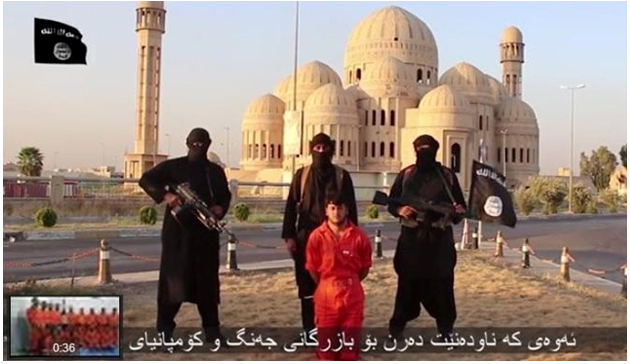
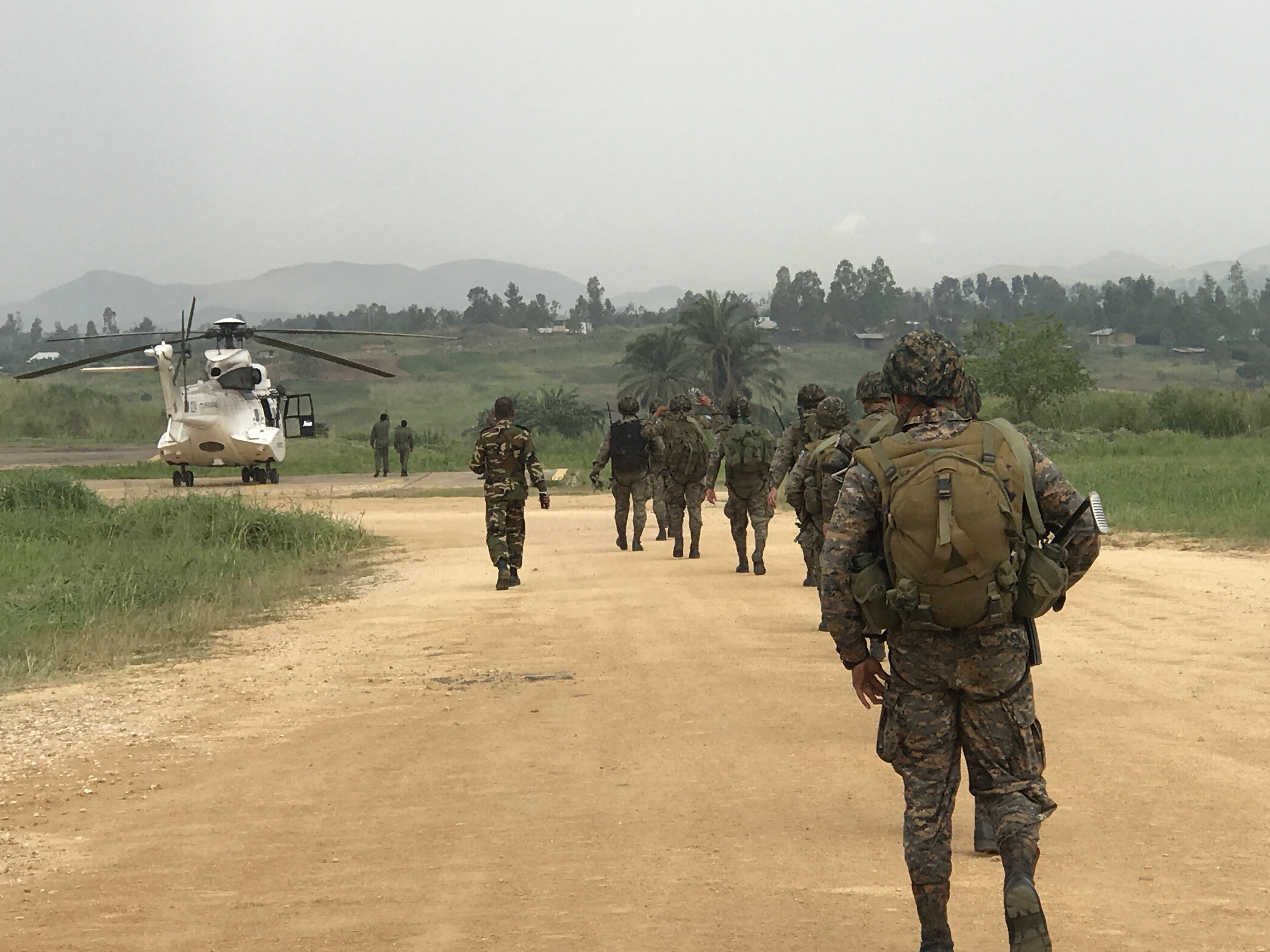
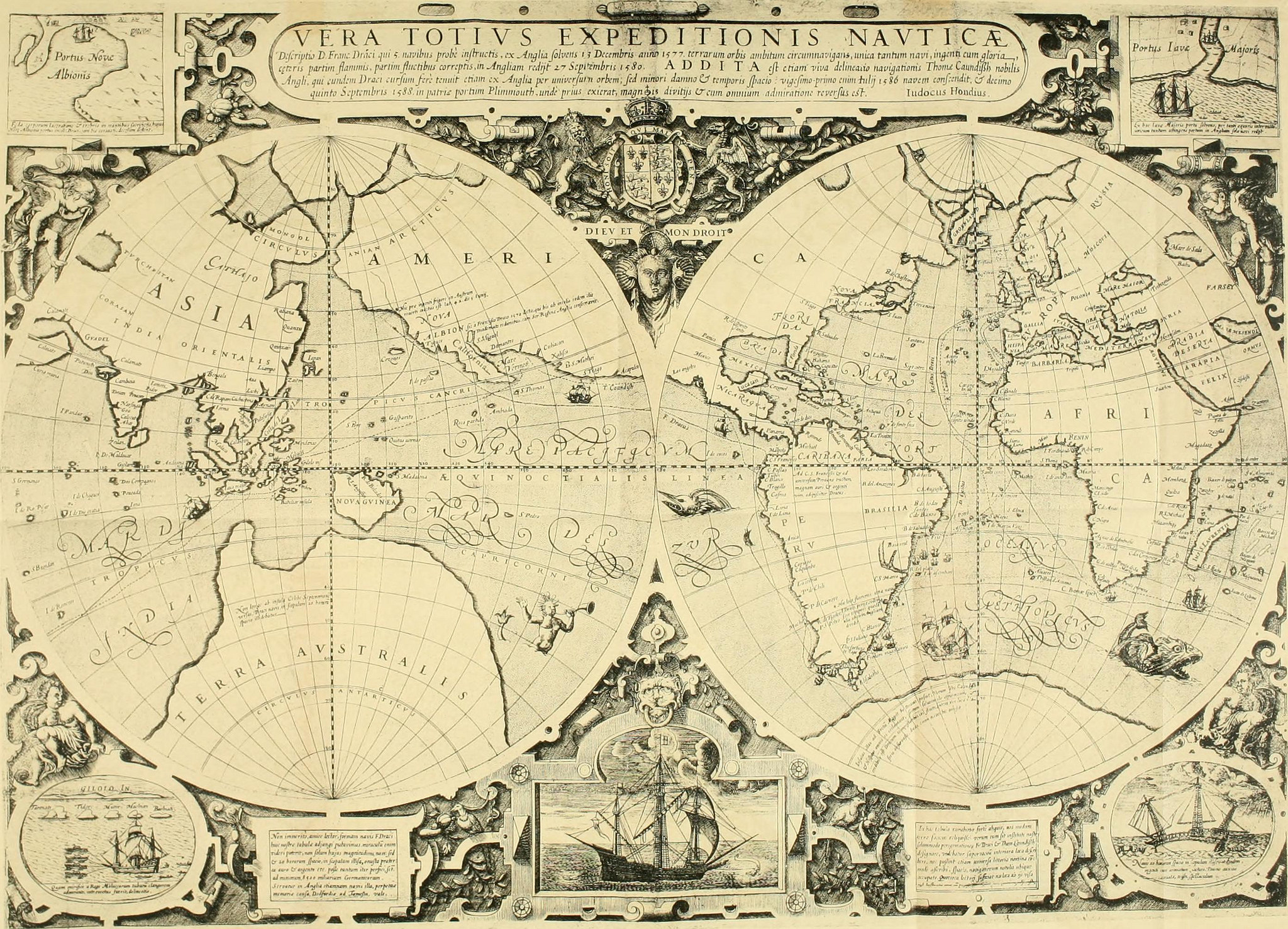
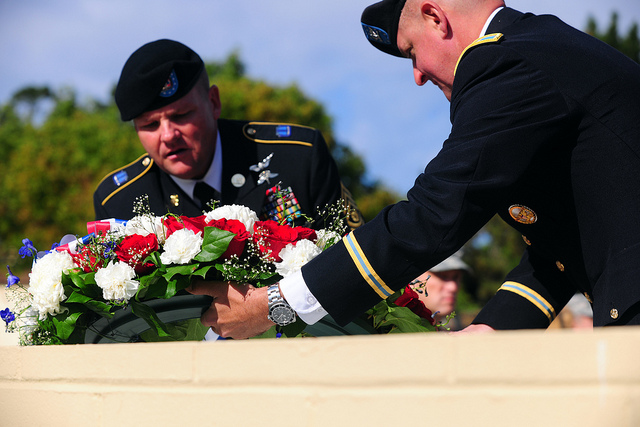

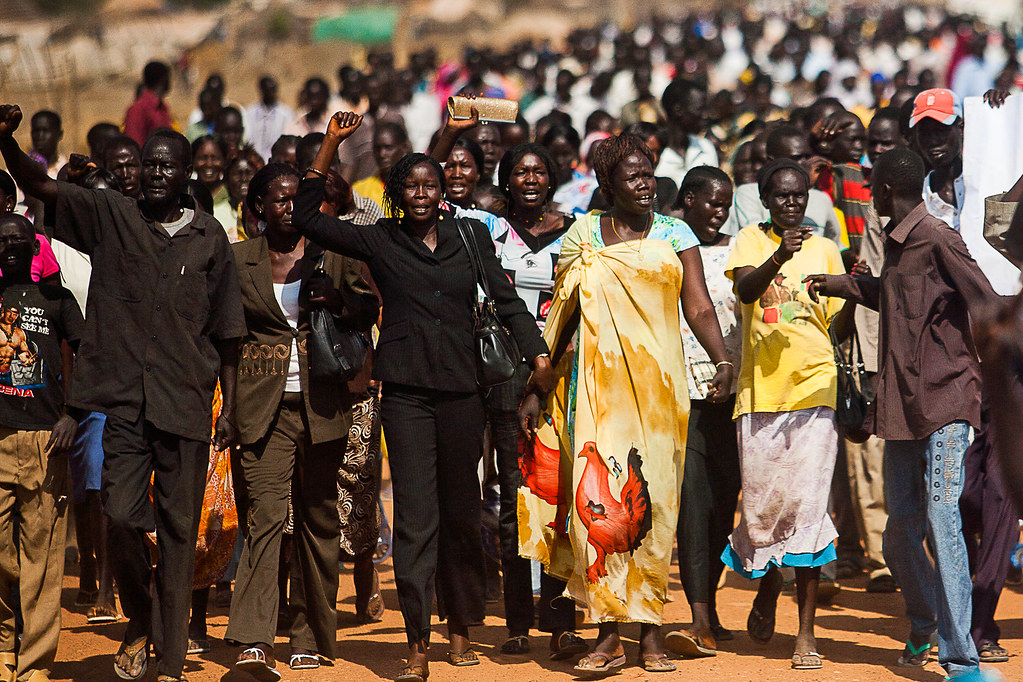
9 comments
Reblogged this on ekaritanyinkusi and commented:
Its a mess
We gotta understand their ulterior motive really well, then nip them in the bud once and for all. The fact that they’re threatening world peace is scary enough.
Reblogged this on sandra's blog.